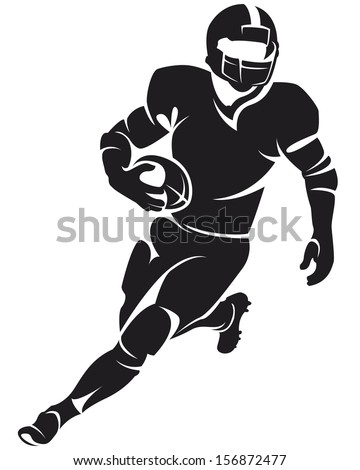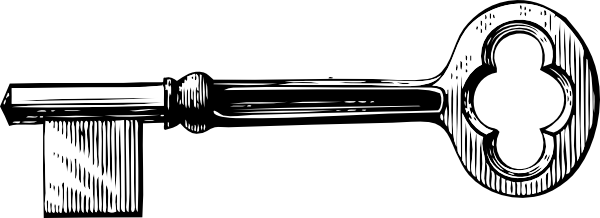DID
YOU KNOW THAT
YOU
CAN LEARN PHYSICS
THROUGH
FOOTBALL?
Start
to learn about some basic science involved in this game.

It
looks at the following questions:
What
are some examples in football of potential energy and kinetic energy?
What
is 'collision' and what does it have to do with football?
http://sportscience-kathy.blogspot.com
GATEWAY
TO SCIENCE:
SPORTS
AND GAMES
Quincy,
Mass.
inside, left
POTENTIAL
ENERGY
and
KINETIC
ENERGY
Potential
energy is energy of position or
place – where you are in the right place to do the job.
Kinetic
energy is energy of motion –
you are now in action.

QUESTIONS
FOR YOU:
Where
can you clearly observe potential energy & kinetic energy...
… at
the line of scrimmage?
…
when
the quarterback is going to pass the ball?
...
when the kicker is going for a point after touchdown?
inside, middle
WHAT
IS COLLISION?
Collision
is much more than an auto
accident.
Collision happens whenever any two objects touch each
other –
whether it's a light touch or a hard touch. It ranges
from:
elastic
collision (with a lot of
'give')
…..............................to:..........................
inelastic
(or non-elastic) collision (OUCH!,
this has NO 'give'),
on
a scale from 1 to 10 (see below).
Egg Toss (or Water
Balloon) Contest: This is one example.
If you throw the egg gently
at close range,
the catcher experiences elastic collision, say a 1.
On the other
hand, if you throw the egg hard and at a distance,
the egg might
break (SPLAT!!) on the catcher;
call this a 10
(completely non-elastic).
If,
however, the catcher moves their hands back
(we call this 'giving
with' the egg, or it has some 'give'),
then it increases the distance
and time –
and may
result in the egg not being broken.
This moves it back toward the
elastic range,
and the collision might be a 7.
inside, right
WHAT
DO WATER BALLOONS AND EGGS
HAVE TO DO WITH FOOTBALL?

Playing
a water balloon or egg toss game could be a good way to learn how
to minimize injuries. First of all, minimizing injury is the reason
that helmets and padding are worn. More than equipment is involved
in protecting against injury, though.
Knowing
how to fall is another way. If a player falls hard on the ground,
injury may result. However, if he can roll – thereby extending the
time and distance
of impact – he is more likely to emerge unharmed.
You
know the boxing term,
roll
with the punches?
That's
about collision!
outside, left
NOTES:
|
You
could think of collision as
being
on a scale from 1 to 10:
elastic
1 2 3 4 5 6 7 8 9 10 nonelastic
My
scale may help you get the idea of collision.
|
_______________
Sports
and games are the gateway to science, and
YOU hold the key!

outside, center
Playing
football...
is
just one of endless ways to gain an understanding of physics and
geometry. I hope this leaflet introduces you to seeing
things you never saw before – or wondered about but just
didn't know where to start.
Physics
and geometry come into play in every activity and event going on
around us.
Knowing
how things work can add to your performance and to your fun.
So give it a try. How?
- Start with the information here
- You may not understand everything in it right away, but for now, use what you do understand
- Do an online search of your own
- See what books or videos your library has
- Share them with friends, your class, your team, your scout troop
- Read my blog and tell others:sportscience-kathy.blogspot.com
Thank you!
Kathy Hogan
No comments:
Post a Comment